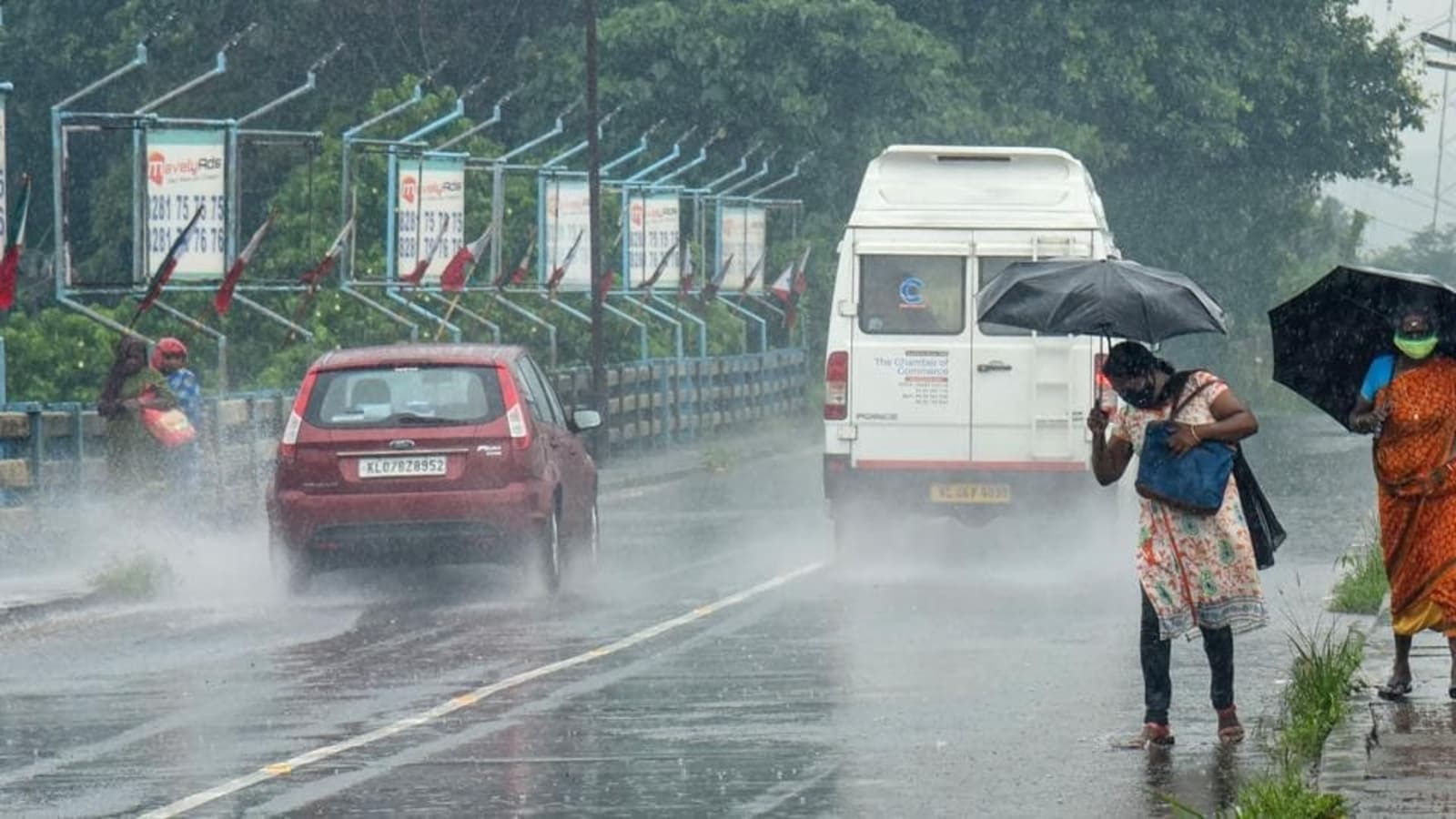Just last week, the India Meteorological Department (IMD) released its long-range forecast for the upcoming monsoon season, predicting the rains to be at 96% of the seasonal average. While this estimate falls under the ‘normal’ category as defined by the agency, it still highlights the possibility of below-normal rainfall for many parts of the country. And most private and public forecasters have echoed similar projections so far.
Now, in a small deviation from the IMD forecast, The Weather Company’s met team has released its own detailed forecast for the 2023 southwest monsoon season, which expects a near-normal to slightly below-normal monsoon across India this year. As per TWC’s predictions, the countrywide precipitation this monsoon is expected to be 92% of the long-period average, which amounts to 80.4 cm. India’s seasonal average, calculated for the period of 1971-2020, is 87 cm.
As per the model projections, TWC meteorologists foresee a wetter-than-normal June for India’s northern half. However, the three-month period from July to September will likely remain drier than usual for much of the country — except for Northeast India, which is likely to receive above-average rains through the season.
The detailed monthly and seasonal forecasts can be found in the graphic above.
El Niño’s expected effect on monsoon

The La Niña phase is already over and neutral conditions are currently progressing over the Pacific Ocean. Worryingly, the El Niño phase is expected to commence by July this year. These two phases are part of a larger climate pattern called the El Niño-Southern Oscillation (ENSO), which influences changes in weather patterns around the world.
The El Niño phase, during which the water in the eastern Pacific Ocean becomes warmer than usual, is typically associated with a weakened monsoon performance across the Indian subcontinent. Therefore, its possible commencement in July has directly contributed to TWC’s below-average monsoon predictions for the year.
Furthermore, the ongoing transition to El Niño could also lead to a slight delay in the monsoon’s arrival over India. TWC’s early estimates indicate a delayed monsoon onset on June 3, as opposed to the normal date of June 1.
However, the met team adds that a clearer picture of the onset will only be available once we have more information on the Madden-Julian Oscillation (MJO) — a tropical wave that travels around the equator every 30-40 days and modulates the precipitation patterns in India.

Meanwhile, similar to the Pacific’s ENSO, the Indian Ocean Dipole (IOD) pattern over the Indian Ocean also impacts the monsoon’s performance over India. Incidentally, current climate models show the warmest waters are farther east, implying a negative IOD phase and perhaps reduced monsoon rainfall. However, it is expected to tilt towards positive IOD by the start of the monsoon season, possibly contributing to a wetter June.
A drier-than-usual monsoon could spell bad news for the country’s economy, especially as normal rainfall is crucial for sufficient agricultural yield and the replenishing of reservoirs critical for drinking water and power generation across the country.
However, it is important to note that the above-mentioned predictions are very early indications; the scenario could undergo substantial changes as the season approaches and the global met factors become clearer. TWC will release its updated monsoon forecast during the final week of May, right before the monsoon period kicks off.
